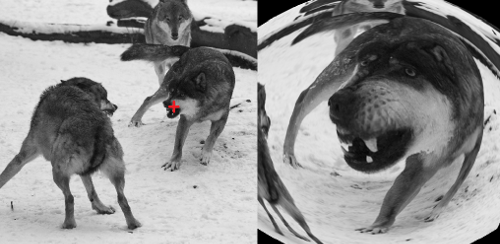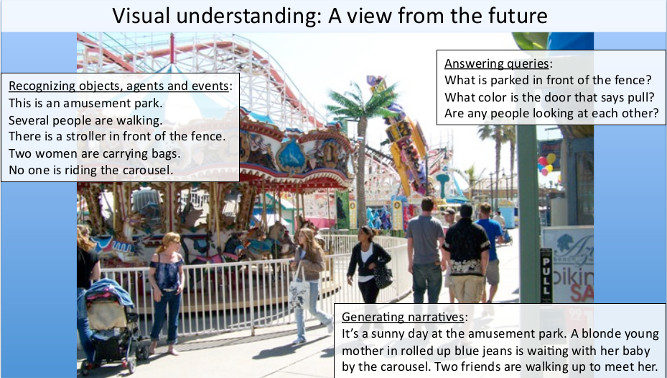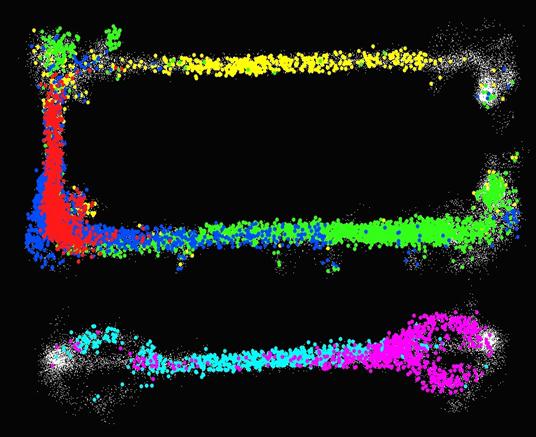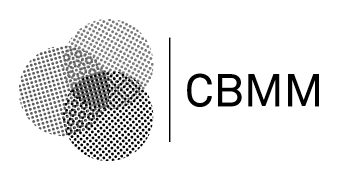CBMM Weekly Research Meeting: Computing scale and translation invariant representations requires an eccentricity-dependent cortical magnification factor.
Progress of CBMM Challenge – Enabling Theory
Abstract:
We continue the series of weekly discussions and reports on each CBMM challenge question [e.g. What is there? What will happen next? What are they doing? etc.] describing progress and problems of ongoing work at CBMM.
This Friday we will speak informally about very preliminary work with the explicit goal of brainstorming about where to go. Basic properties of recognition at a glance are predicted by a sampling for magic theory. The emerging picture is consistent with Ullman’s ideas on minimal images and implies that recognition under natural conditions happens by composing information from a set of fixations, with each fixation providing recognition from image patches of about arrays of 30 by 30 pixels at different resolutions.
According to the magic theory, invariance to scale and translation predicts an architecture of visual cortex that is consistent with the data about cortical magnification factor. Our sampling extension of the theory suggests a size of minimal images of around 30 by 30, a fovea of size around 20’ at the highest resolution and translation invariance that depend linearly on spatial frequency.
Presenters hope there will be discussions on topics such as:
• Which psychophysical experiment should be done to clarify the current confusing literature on translation invariance in recognition?
• Can we predict crowding and Bouma’s law?
• Can we predict the cortical location of different recognition tasks?






